StabiLink®Thoracic Solution
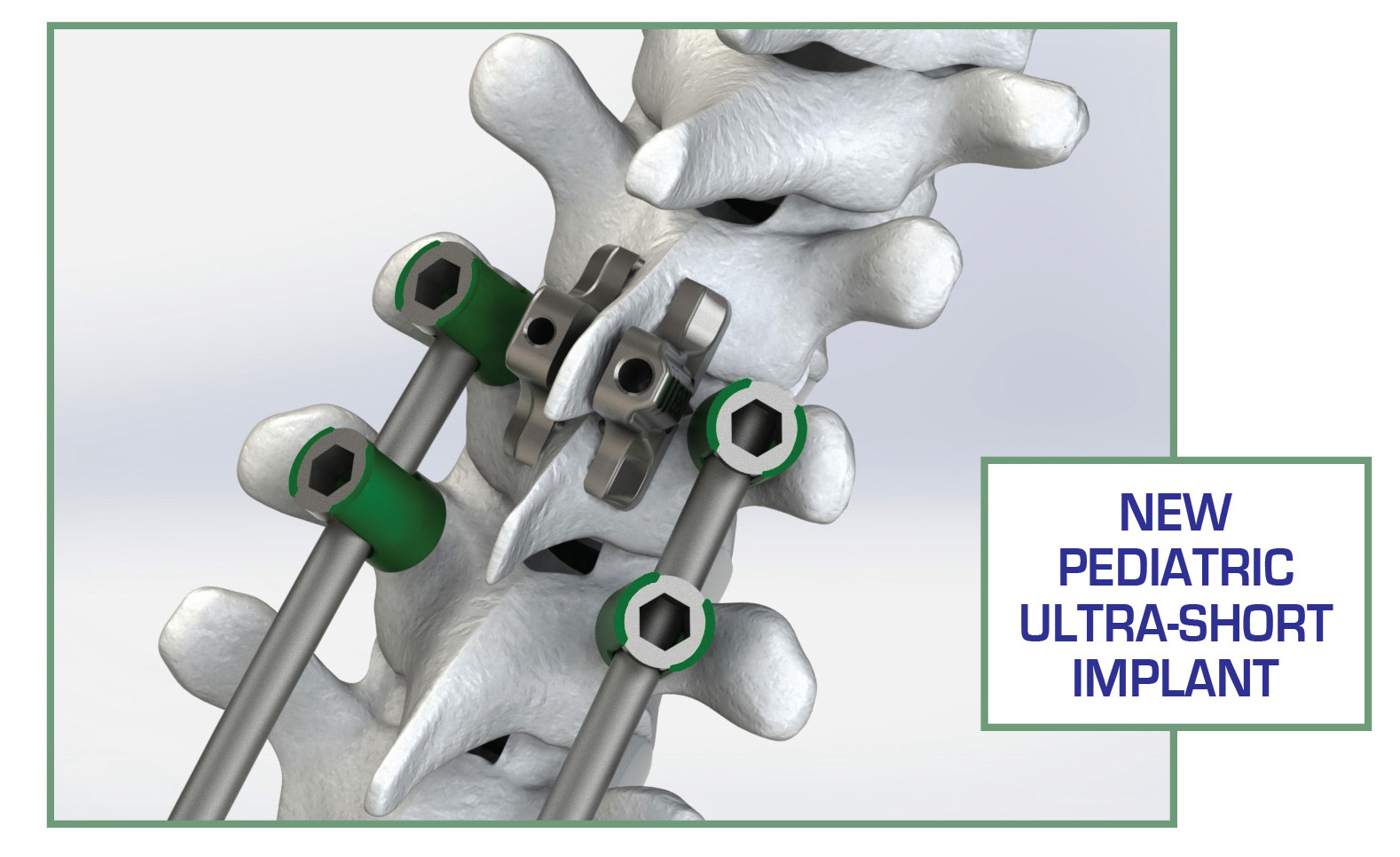
Perfect Adjunct to Pedicle Screw Fixation
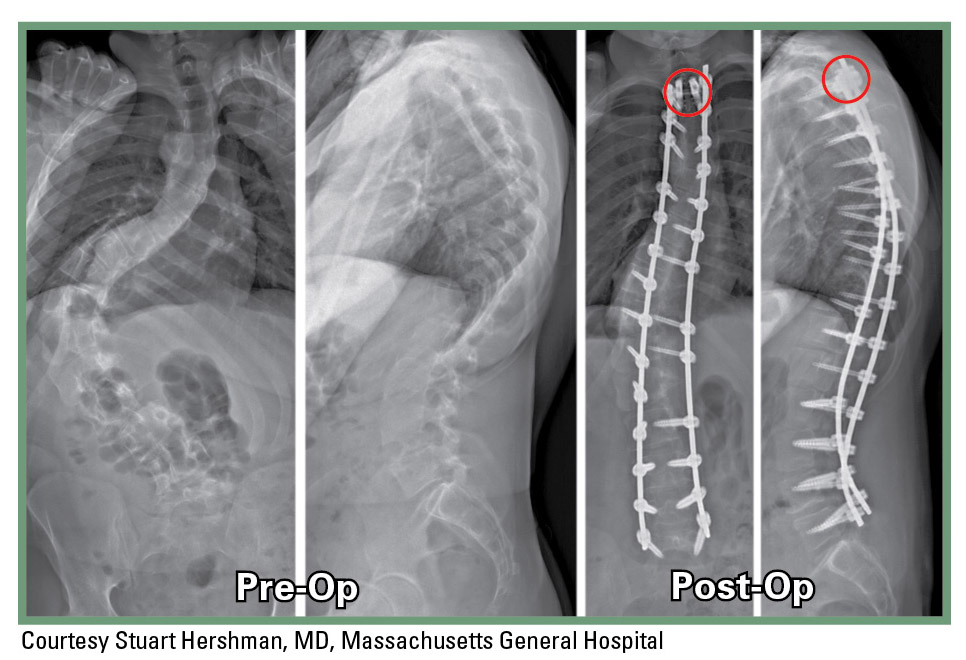
One of the factors contributing to Proximal Junctional Kyphosis (PJK) is the abrupt transition from a long pedicle screw construct to the native spine.
- StabiLink® Interlaminar Fixation System provides the ideal "soft landing" zone between rigid pedicle screw constructs and the un-instrumented spine
- StabiLink® implantation is safe and easy to perform and adds minimal time to the procedure
- Early clinical data on 50 patients, with follow-up ranging from 2 months to > 2 years, demonstrates reduced Proximal Junctional Kyphosis / Failure
- Recently published clinical studies showing StabiLink Dual Lamina for PJK prevention.
Proven Biomechanical Stability
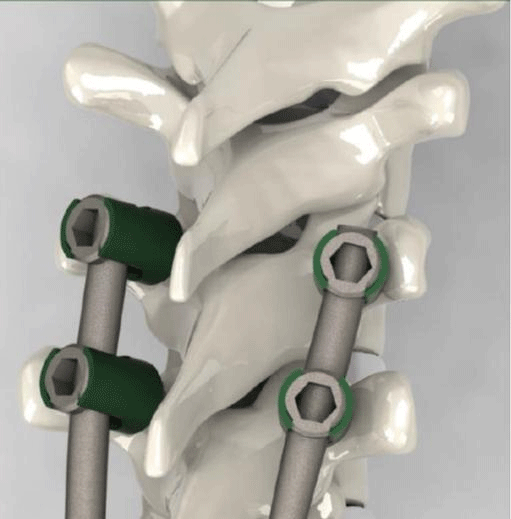
6.4° ROM in Flexion/Extension
UIV +1 Un-instrumented Spine
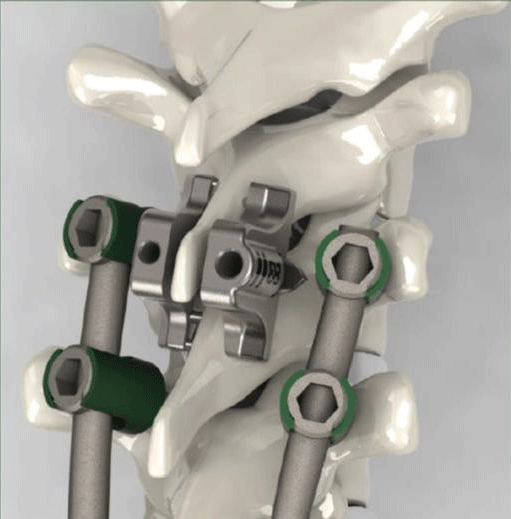
4.3° ROM in Flexion/Extension
UlV -Stabilink® Dual Lamina
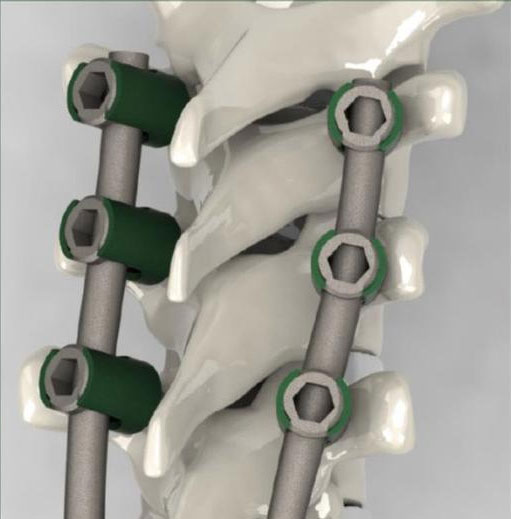
2.6° in Flexion/Extension
UIV- Pedicle Screws
- Cadaveric testing demonstrates that ROM in Flexion/Extension with StabiLink® Interlaminar Fixation System falls midway between Pedicle Screws and the Un-instrumented Spine as shown in the illustrations above*
- In addition, StabiLink® Interlaminar Fixation System provides significant stabilization in all three planes - flexion/extension, lateral bending, and axial rotation *
*Data on file
Patented "Laminar Lock" Design
 |
 |
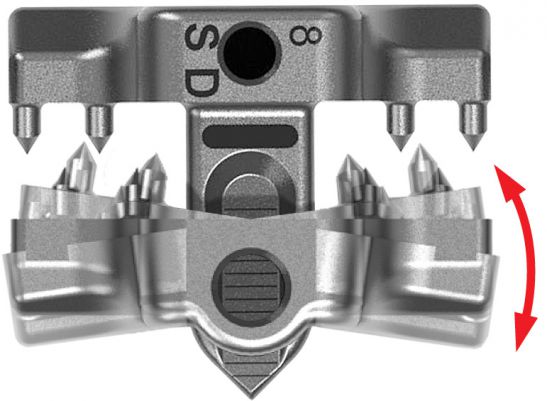 |
• "Laminar Lock" design forms a 90° flare to engage the stronger laminar bone
• Up to 20° of sagittal angulation better conforms to patient anatomy
Thoracic Oriented Sizes

- New Pediatric Ultra Short Implant – When Every Millimeter Counts
- Low Profile Tray design and short length minimizes any interference with adjunct devices
- Multiple Tray widths - 6mm, 8mm, 10mm

.jpg)
